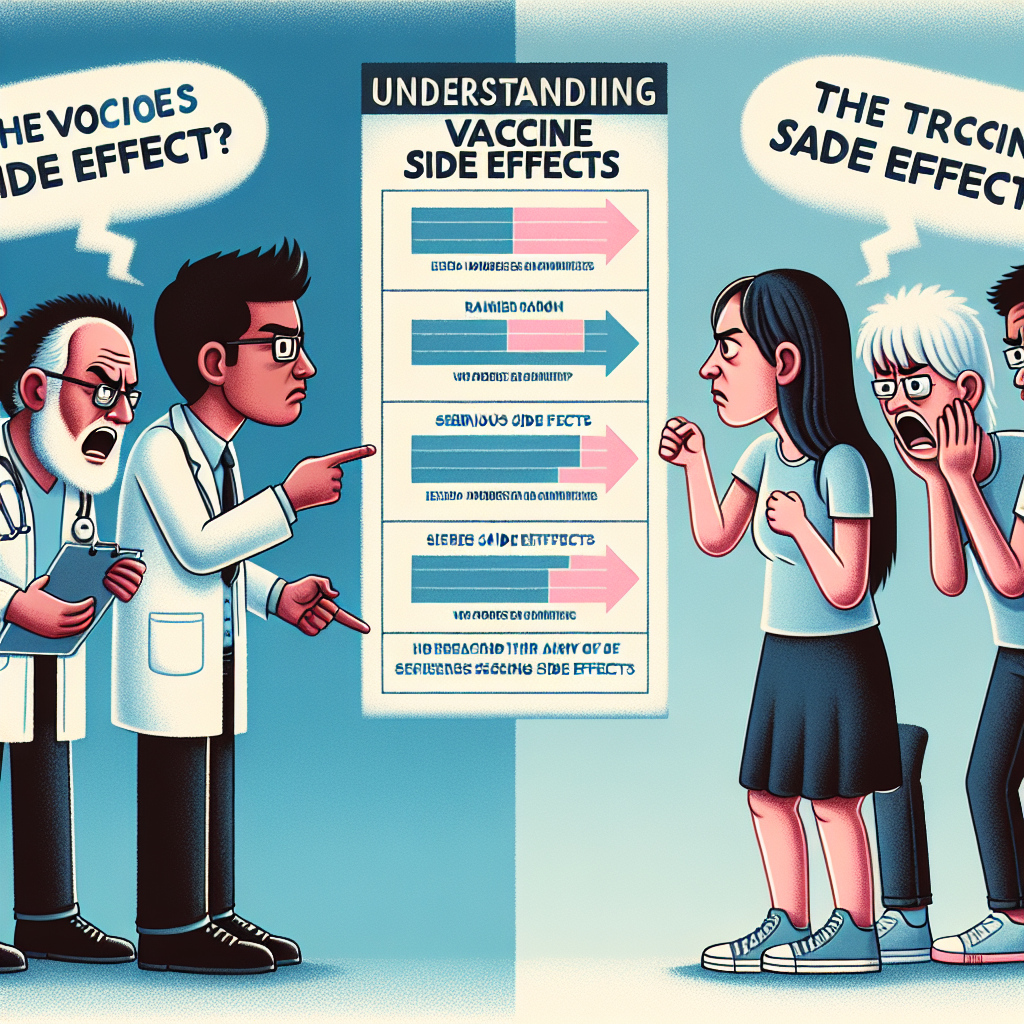Understanding the True Implications of Vaccine Side Effects
Understanding the True Implications of Vaccine Side Effects

Introduction to Vaccine Side Effects
As vaccines continue to play a crucial role in combating infectious diseases, understanding their side effects is essential for public health. This topic delves into the nature, frequency, and impact of vaccine side effects, aiming to provide clarity and dispel common misconceptions.
Common Misconceptions
Many people harbor fears about vaccine side effects, often fueled by misinformation. It’s important to address these misconceptions to foster informed decision-making.
- Side effects are often exaggerated in media reports.
- Not all side effects are severe; most are mild and temporary.
- Understanding the difference between correlation and causation is crucial.
Types of Vaccine Side Effects
Vaccine side effects can vary widely, but they generally fall into a few categories:
- Local Reactions: These include pain, redness, or swelling at the injection site.
- Systemic Reactions: Fever, fatigue, and muscle aches are common and usually short-lived.
- Allergic Reactions: Rare but can occur, ranging from mild to severe (anaphylaxis).
Assessing the Risks
While side effects can occur, the benefits of vaccination typically far outweigh the risks. It’s important to consider:
- The rarity of severe side effects compared to the prevalence of the diseases vaccines prevent.
- The role of vaccines in achieving herd immunity and protecting vulnerable populations.
- Continuous monitoring and research to ensure vaccine safety.
Conclusion
Understanding vaccine side effects is crucial for making informed health decisions. While side effects can occur, they are generally mild and temporary, with severe reactions being rare. The benefits of vaccination, including disease prevention and community protection, significantly outweigh the risks. Ongoing research and monitoring continue to ensure vaccine safety and efficacy.


















